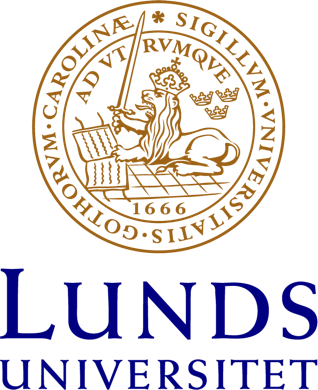2014-12-11
How to combine multiple modes of representation in language
Mark Dingemanse (MPI, Nijmegen)
The use of iconic signs, in which there is a perceived resemblance between form and meaning, is widespread in natural languages. I report on a project investigating the use of iconic signs from several perspectives, of which I will highlight two: grammar and emergence. First, grammar: How are iconic signs integrated in composite utterances? Iconicity and arbitrariness represent two distinct and partly incommensurably systems which place different requirements on the material use of speech. Using video corpus data from Siwu (a Kwa language from Ghana) and Japanese, I investigate the effect of this tension on the grammatical integration of ideophones, marked words that depict sensory imagery (Dingemanse 2012). I find that the more 'expressive' an ideophone (as measured by performative foregrounding and expressive morphology), the less grammatically integrated it is, and vice versa: an inverse relation that holds for ideophones across widely varied languages. Second, I focus on the question of emergence: How do iconic signals emerge and evolve over time? One hypothesis is that it depends on the nature of the meanings as well as on the affordances of the modality. I explore this using an iterated communication game in which participants communicate about a set of meanings using whistled signals (Dingemanse, Verhoef & Roberts 2014). The meaning space is controlled so that some meanings are easy to map iconically whereas others require arbitrary conventions. Modality is controlled by limiting it to changes in pitch over time. In a pilot version of the task, we find that iconicity bootstraps the communication system in two ways: it leads to higher accuracy for easy-to-map meanings, and it can be repurposed to create compositional signals for harder-to-map meanings. References Dingemanse, Mark. 2012. “Advances in the cross-linguistic study of ideophones.” Language and Linguistics Compass 6 (10): 654–672. doi:10.1002/lnc3.361.Dingemanse, Mark, Tessa Verhoef, and Seán G. Roberts. 2014. The role of iconicity in the cultural evolution of communicative signals. In Proceedings of Evolang X Workshop on Signals, Speech and Signs, ed by. Bart de Boer and Tessa Verhoef, 11–15. Vienna, April.
